E-Learning
Videos
Past Events
It is of increasing importance to fully validate the performance of methane detection and measurement technologies that are to be used in Leak Detection and Repair (LDAR) programs and for the traceable accounting of methane emissions. Subjecting technologies to trials involving controlled gas releases can yield key data supporting a particular methods ability to detect and quantify emissions, but only if the evaluation is carried out with an appreciation of the limits of the test method itsel...
Optical gas imaging (OGI) has traditionally been a qualitative technology. Recent advancements in the technology are moving OGI towards quantitative methods. New quantitative features in the FLIR GF series cameras and QL320 tablet provide a much more efficient user experience and remove much of the uncertainty related to OGI surveys and resulting quantification of emissions. FLIR's new Q-mode captures radiometric OGI data, along with meta data provided by the user, into a single file forma...
If you'd like a survey of atmospheric methane at a regional level, click to reveal a more relevant e-Learning. Similarly, for a broader perspective on the identification and validation of methane sources, follow the link. Methane escape from natural gas distribution systems results not only in global warming, but also in economic loss. An estimate from the Boston region implies a financial damage of $90 million as about 15 billion cubic feet of natural gas escape from the distribution...
As known European natural gas resources is declining and the EU is depending increasingly on imported natural gas. Consequently, diversification of the European natural gas supply has become necessary and this is being implemented as required by the Renewable Energy Directive 2009/28/EC. Under mandate M/475, CEN/PC 408 developed specifications for biomethane (i.e. EN16723-1 for injection into natural gas grids and EN16723-2 for transport fuel). Currently, the test methods cited in EN16723 are...
Biomethane is an important source of green and renewable energy. To allow injection of biomethane into the natural gas grid or the use as a vehicle fuel, it should meets the quality standards for natural gas. The timely and accurate measurement of the biomethane energy is of fundamental importance for users and distributors. The MicroGC technology supply features ideal for fast and accurate on-line analysis of biomethane and calorific value measurements. Minor organic contaminants like hyd...
Over the past 20 years, advances in modern ultra-high resolution mass spectrometry have forever changed the expectations of petroleum analyses. Facilitated by advances in ionization methods (that enable molecular-level analysis irrespective of initial or final boiling point), ultra-high resolution Fourier Transform Ion Cyclotron Resonance mass spectrometry (FT-ICR MS) routinely resolves and identifies tens-of-thousands of species (at the level of elemental composition assignment) in individua...
BTEX compounds (benzene, toluene, ethylbenzene and xylene) are a group of Volatile Organic Compound (VOCs) that are responsible for various environmental and human health problems. The key sources of VOCs are industrial processes (especially those involving solvents) vehicle emissions, leakage in underground storage tanks, pipeline leaks, surface spills, refinery facility leaks, vehicle and aircraft emissions, paints and adhesive Accurate and reliable BTEX testing is crucial not only in pr...
Recent advances in Machine Learning (ML), especially deep learning, have demonstrated superior to human performance for a variety of decision and recognition tasks. Together with advances in computational hardware and hyperspectral optics, affordable real-time ML based hazard event detection has become a reality. By providing the state-of-the art Artificial intelligence(AI) and ML based solutions for event detection, Rebellion Photonics embarks on a journey to revolutionize hazard and safety...
The quality of wastewater generated from industrial operations and municipalities is highly regulated and closely monitored. Traditional “oxygen demand” methods of determining wastewater quality can be time-consuming, costly, and less accurate. Total Organic Carbon (TOC) analysis offers a highly sensitive, non-specific measurement of organics present in a sample. Plants monitoring for TOC are better equipped to adjust their processes, protect capital equipment and meet effluent regulation...
The measurement of compounds in air using passive (diffusive) monitoring is widely recognized especially for long term (averaged) information on air quality. The promulgation of EPA method 325 by the US Environmental Protection Agency (EPA) validates this sampling technique. This method is currently used in the investigation of compounds in air at the fenceline of selected industrial locations. During development, EPA Method 325 (passive sampling) has been field tested including int...
Digital Edition
AET 28.2 April/May 2024
May 2024
Business News - Teledyne Marine expands with the acquisition of Valeport - Signal partners with gas analysis experts in Korea Air Monitoring - Continuous Fine Particulate Emission Monitor...
View all digital editions
Events
Jul 30 2024 Jakarta, Indonesia
China Energy Summit & Exhibition
Jul 31 2024 Beijing, China
2024 Beijing International Coal & Mining Exhibition
Aug 07 2024 Beijing, China
IWA World Water Congress & Exhibition
Aug 11 2024 Toronto, Canada
Aug 25 2024 Stockholm, Sweden and online
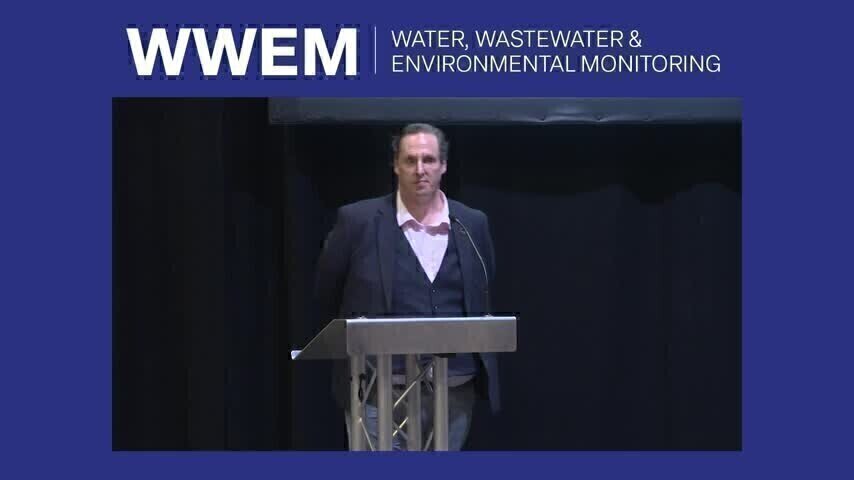
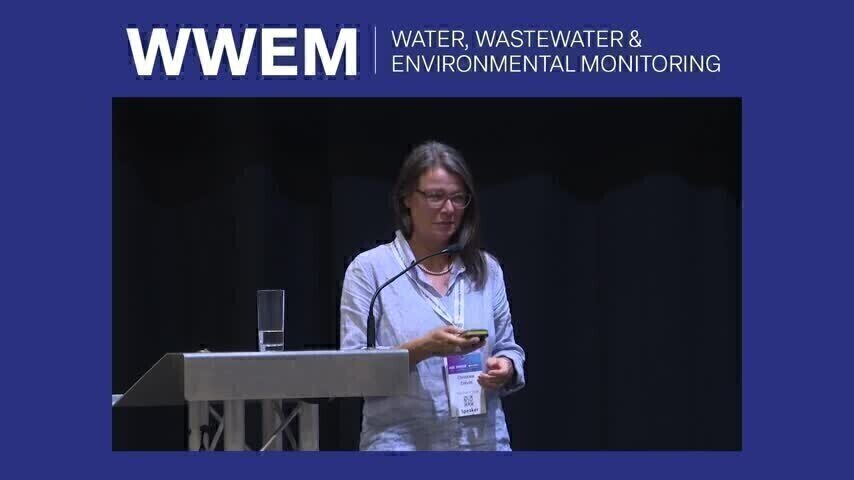
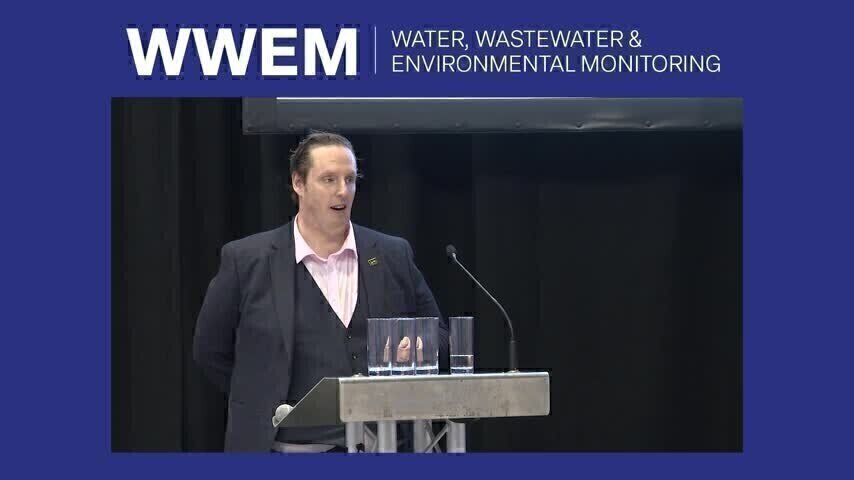
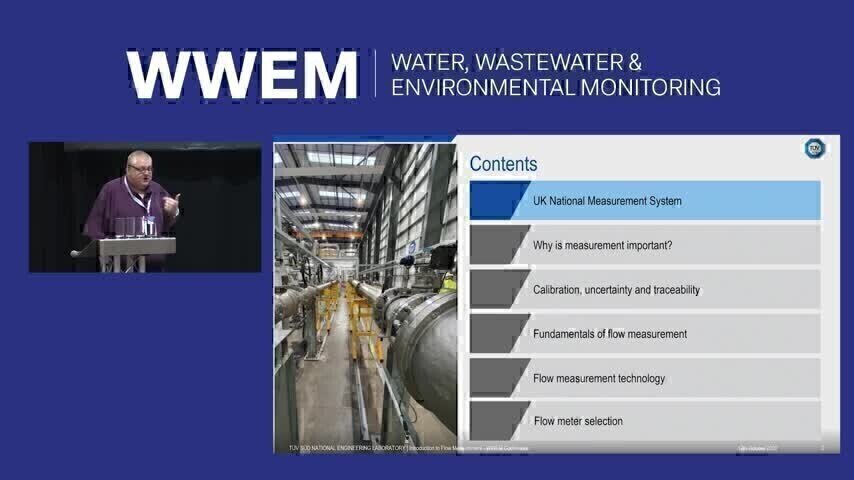
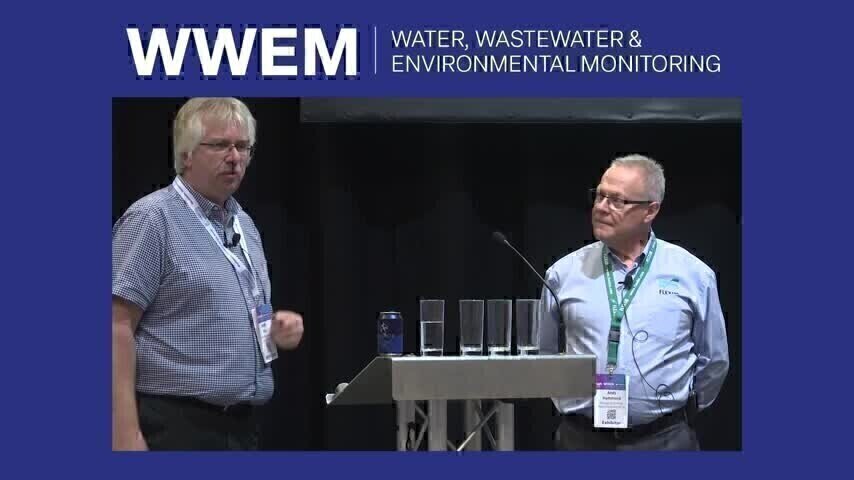










.jpg)








